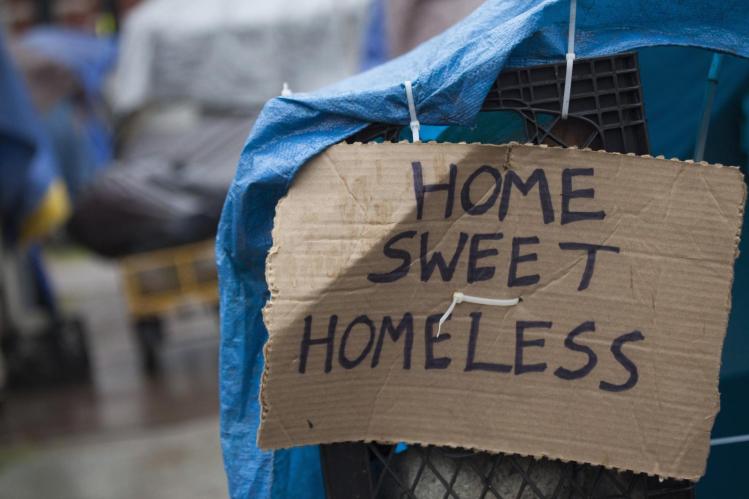
The American dream was born from scarcity. In 1940, homeownership in the United States fell to 43.6 percent, four percentage points lower than it was at the start of the Great Depression. Two years later, the War Production Board halted construction on all non-war-related housing projects, a moratorium that stayed in place throughout World War II and further exacerbated the country’s decades-long housing crunch.
In anticipation of the return of fifteen million U.S. soldiers from overseas, however, construction of new houses ramped up, and Congress passed the G.I. Bill, which guaranteed veterans thirty-year, low-interest, fixed-rate mortgages with zero or low down payments. Over the next twenty years, the percentage of homeownership expanded and has remained at or above 61 percent ever since.
Though nearly two-thirds of Americans currently own their own homes, the country is once again facing a housing crisis, which is worsening wealth inequalities and limiting upward mobility for lower-income families. Housing is by far the largest monthly expense for most families, and a shortage of houses, coupled with record-high mortgage rates, continues to drive up prices. It’s no surprise, then, that today very few people believe the American dream is still within reach.
At the turn of the century, owner-occupied homes changed hands at a rate of 6.5 million homes per year, but this rate has since slowed to 4 million. More Americans, particularly Baby Boomers and younger homeowners locked into favorable interest rates, are staying longer in their current homes. At the same time, builders are constructing only about 1.2 million new homes per year.
The result of all this is a shortfall of approximately three million homes. Vice President Kamala Harris has pledged to address this shortfall. “We should be doing everything we can to make it more affordable to buy a home,” she has repeatedly said on the campaign trail. To do so, she has proposed tax breaks for homebuilders to construct low-cost starter homes, while offering first-time homebuyers up to $25,000 in down-payment support. Economists worry a tax credit for first-time homebuyers will boost demand and push home prices even higher. But the proposed incentives for builders to add to the housing supply should help keep prices down.
Donald Trump’s main plans for housing are to slash regulations to lower building costs and to deport massive numbers of immigrants to lower demand. Both he and Harris have also said they are in favor of opening up federal lands for large-scale housing construction.
The success of either candidate’s housing policies will most likely be determined at the local level. To incentivize localities to build new houses, Harris has proposed a $40 billion innovation fund, though it remains to be seen if Congress would approve such an expensive program. One thing is clear: any plans for new housing will undoubtedly be opposed by elected local officials and residents concerned about declining property values in their towns and municipalities. Such concerns remain one of the biggest obstacles to addressing the current housing shortage. Working with states to streamline the review process for new construction and prevent local governments from vetoing new projects needs to be a priority.
The only way to solve the housing crisis is to build more houses. That is what the federal government did when faced with housing scarcity in the 1940s, and its efforts in subsequent decades resulted in the construction of more than twenty million new homes. The three million new homes Harris wants to build are a good start, but even more are needed to ensure that younger homebuyers have the same access to the American dream as their parents and grandparents did.

